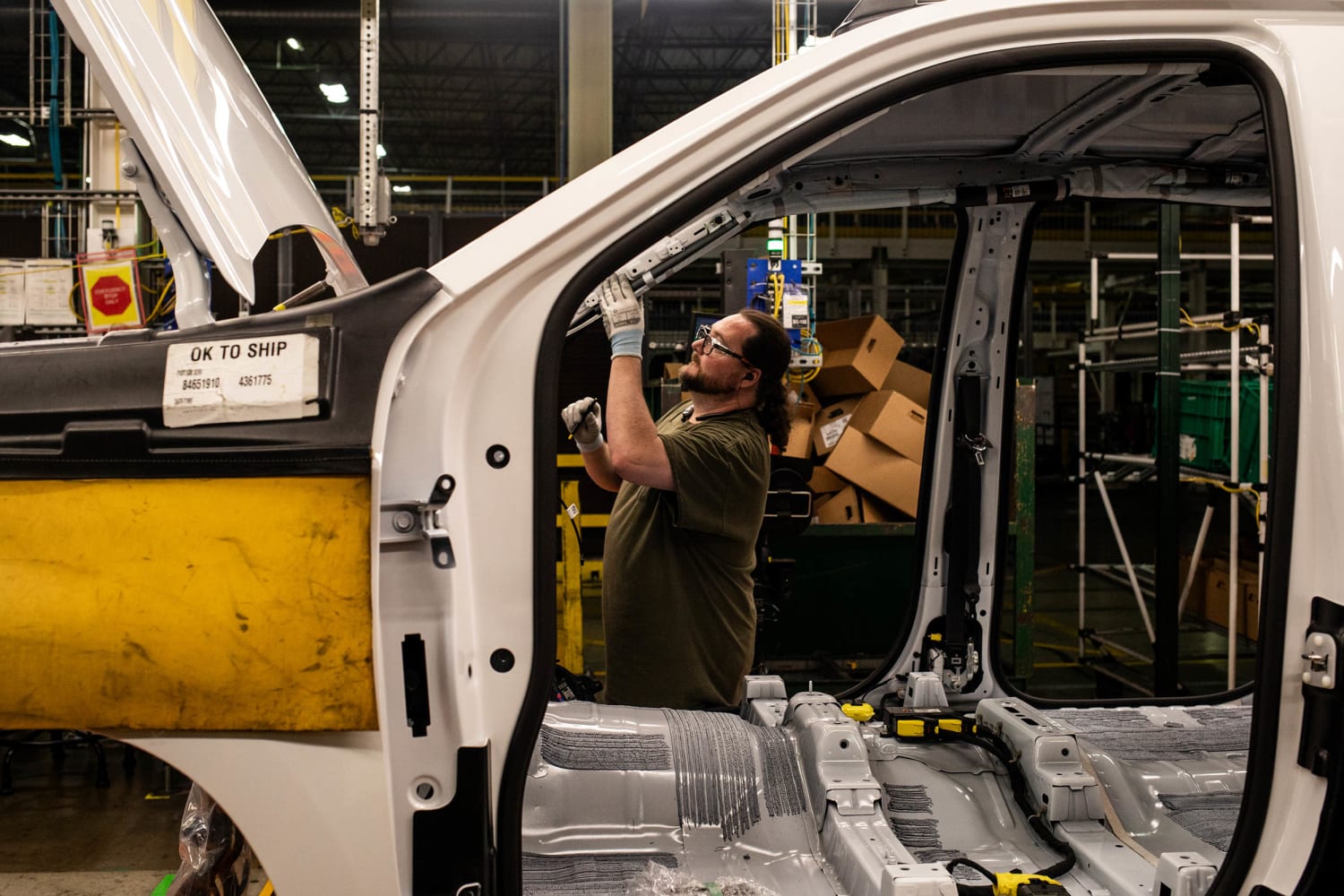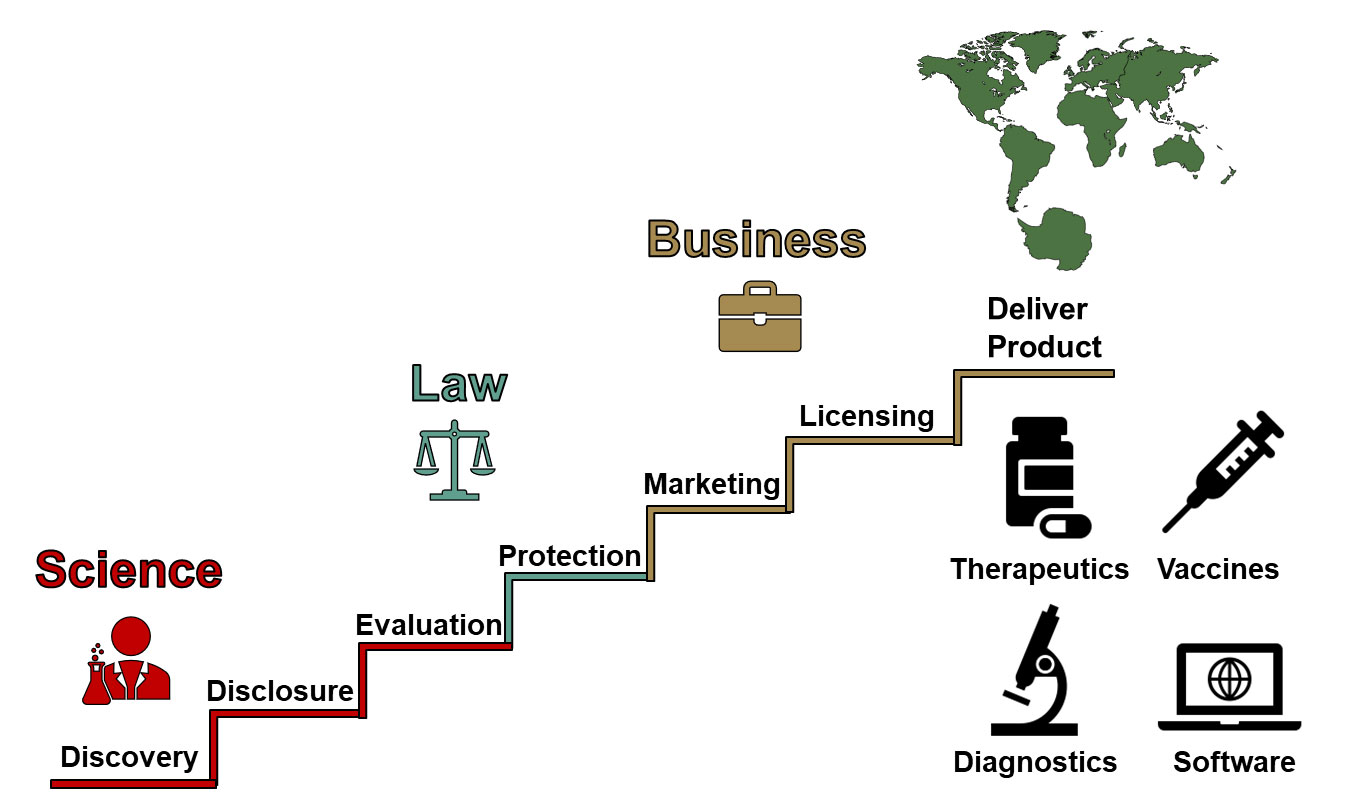Report on U.S. Manufacturing Policy and its Alignment with Sustainable Development Goals
An analysis of recent discourse from a Brookings Institution event reveals significant challenges and opportunities for the U.S. manufacturing sector. The discussions highlight how current trade and fiscal policies impact progress toward key Sustainable Development Goals (SDGs), particularly SDG 8 (Decent Work and Economic Growth), SDG 9 (Industry, Innovation, and Infrastructure), and SDG 12 (Responsible Consumption and Production).
Policy Impacts on Industrial Growth and Stability
Challenges to SDG 9: Industry, Innovation, and Infrastructure
Panelists presented conflicting views on the effectiveness of recent government policies in fostering sustainable industrialization. While one perspective lauded the cancellation of planned tax increases on manufacturers as a potential catalyst for capital investment, another offered a more critical assessment, citing long-term risks to innovation and economic resilience.
- Adam Hersh, senior economist at the Economic Policy Institute, argued that broad-based tariffs have created turmoil for businesses and that reductions in federal support for scientific research undermine long-term innovation, a cornerstone of SDG 9.
- He contended that stimulating investment requires robust product demand, not merely a lower cost of capital, suggesting that current fiscal strategies may be misaligned with sustainable economic growth drivers.
- The arbitrary removal of regulations was identified as a policy that transfers costs to other stakeholders, such as workers, rather than creating genuine economic efficiency.
Disruptions to Global Supply Chains and SDG 12
The implementation of tariffs has had a pronounced effect on supply chain stability, directly impacting the goal of ensuring sustainable consumption and production patterns (SDG 12).
- Increased Input Costs: Colin Grabow of the Cato Institute noted that approximately half of U.S. imports are inputs for domestic production. Tariffs on these materials increase operational costs, hindering the competitiveness of American manufacturing.
- Policy Instability: Leslie Taito of Taco Comfort Solutions described how unpredictable tariff policies create business instability, forcing companies into inefficient practices like excessive inventory buildup as a hedge against uncertainty. This reactionary approach detracts from strategic, long-term planning necessary for sustainable production.
- Global Interdependence: Grabow highlighted that about one-third of global trade is intrafirm, underscoring the integrated nature of modern supply chains. Policies that disrupt these flows challenge the efficiency and resilience of global production networks.
Labor Market Considerations and SDG 8: Decent Work and Economic Growth
The Future of Manufacturing Employment
A central debate concerned the potential for manufacturing job growth, a key target of SDG 8. Panelists disagreed on the likelihood of employment returning to historical levels and on the nature of modern manufacturing work.
- Productivity and Automation: Adam Hersh suggested that significant job growth is unlikely, attributing this more to productivity gains from automation than to international competition. This reflects a structural shift in the industry where output increases without a corresponding rise in labor.
- Perception vs. Reality: Leslie Taito challenged the perception of manufacturing jobs as undesirable, low-wage work. She emphasized the existence of career pathways and training opportunities, aligning with the SDG 8 objective of promoting full and productive employment and decent work for all.
A Strategic Approach to Job Creation
A consensus emerged that a strategic, rather than broad, approach is necessary to align manufacturing job growth with national priorities and sustainable development.
- Targeted Reshoring: Taito advocated for a strategic plan to bring back manufacturing of critical components, particularly for sectors like healthcare and infrastructure. This aligns with building resilient infrastructure (SDG 9) and ensuring decent work in high-value industries (SDG 8).
- Need for a National Strategy: The overarching conclusion was that stability, predictability, and a clear strategic plan are essential. Such a framework would empower employers to invest confidently and contribute to a sustainable and strategic expansion of U.S. manufacturing capabilities.
SDGs Addressed in the Article
SDG 8: Decent Work and Economic Growth
- The article extensively discusses the state of manufacturing jobs in the U.S., economic resilience, and policies affecting business investment and growth. It explores the debate on whether manufacturing jobs will return, the quality of these jobs, and the impact of automation on employment. For instance, it notes that “Manufacturing employment is not likely to return to historic levels in the U.S.” due to competition and “productivity growth in automation.” It also touches on creating “career pathways, training and more for workers,” which aligns with the goal of promoting decent work.
SDG 9: Industry, Innovation, and Infrastructure
- This goal is central to the article’s theme of strengthening U.S. manufacturing. The discussion covers industrial policy, capital investment, the role of innovation, and the importance of resilient infrastructure. The article highlights concerns that policy decisions have “gutting support for federal scientific research and attacking universities where innovation occurs,” which is critical for industrial advancement. Furthermore, it suggests a strategic approach to “bring back manufacturing of key components, such as for health care and infrastructure.”
SDG 17: Partnerships for the Goals
- The article’s focus on tariffs, global supply chains, and international trade directly connects to SDG 17. It examines how tariffs impact global trade dynamics, with one panelist stating, “if you want to increase manufacturing, you have to reduce tariffs, both for American exports and imports.” The mention that “Roughly one-third of global trade is intrafirm” underscores the interconnected nature of the global economy and the importance of trade policies in achieving economic goals.
Specific Targets Identified
SDG 8: Decent Work and Economic Growth
- Target 8.2: Achieve higher levels of economic productivity through diversification, technological upgrading and innovation. The article discusses this target when mentioning that lower manufacturing employment is partly due to “productivity growth in automation, which has resulted in greater production levels with fewer workers.”
- Target 8.3: Promote development-oriented policies that support productive activities, decent job creation, entrepreneurship, creativity and innovation. The entire debate on the impact of tax cuts and tariffs on manufacturers’ ability to make capital investments and the need for “stability and predictability” for businesses to plan and grow relates directly to this target.
- Target 8.5: By 2030, achieve full and productive employment and decent work for all. This is addressed in the debate about the nature of manufacturing jobs, with one panelist arguing they are not “minimum wage job[s]” but offer “career pathways, training and more for workers.”
SDG 9: Industry, Innovation, and Infrastructure
- Target 9.2: Promote inclusive and sustainable industrialization and, by 2030, significantly raise industry’s share of employment and gross domestic product. The central question of the article, “Can Trump Bring Manufacturing Back to the U.S.?”, and the discussion about strategically choosing “what jobs we want to come back” align with this target of boosting the industrial sector.
- Target 9.5: Enhance scientific research, upgrade the technological capabilities of industrial sectors in all countries. This target is explicitly referenced through the concern that current policies are “gutting support for federal scientific research and attacking universities where innovation occurs,” which would be “costly in the long run.”
- Target 9.b: Support domestic technology development, research and innovation. The call to be “specific and strategic about the capabilities it wants to have as a country” and the criticism of cutting support for research and innovation directly relate to fostering domestic technological capacity.
SDG 17: Partnerships for the Goals
- Target 17.10: Promote a universal, rules-based, open, non-discriminatory and equitable multilateral trading system. The debate on tariffs addresses this target. One view is that “Broad-based tariffs have thrown businesses into turmoil,” while another argues for reducing tariffs on both exports and imports to increase manufacturing, reflecting different approaches to the global trading system.
- Target 17.11: Significantly increase the exports of developing countries. While the article is U.S.-focused, the mechanics of global trade are discussed. The fact that “About half of what’s imported into the U.S. are inputs — raw materials, components, parts and the like” implies a trade relationship where other countries, potentially developing ones, are exporting these goods to the U.S.
Indicators for Measuring Progress
SDG 8: Decent Work and Economic Growth
- Manufacturing employment levels: Implied as a key metric when the article discusses whether “manufacturing jobs return to the U.S.” and notes that “Manufacturing employment is not likely to return to historic levels.”
- Productivity growth: Mentioned directly as a factor in employment changes, specifically “productivity growth in automation.”
- Rate of capital investment: Implied as a measure of business health and growth, with the article noting that a recent bill stopped tax increases, “potentially enabling more capital investment.”
SDG 9: Industry, Innovation, and Infrastructure
- Domestic manufacturing capacity: An explicit indicator is provided: “the country currently manufactures 67 percent of what it needs.” This measures the share of domestic production in consumption.
- Investment in R&D: Implied as a crucial indicator when the article warns against “gutting support for federal scientific research.” The level of this support would be the indicator.
- Share of intermediate goods in imports: An explicit indicator is mentioned: “About half of what’s imported into the U.S. are inputs — raw materials, components, parts and the like,” which measures integration into global industrial value chains.
SDG 17: Partnerships for the Goals
- Tariff rates: The central policy tool discussed throughout the article. The “stopping and starting of tariffs” and their level are the primary indicators of trade policy direction.
- Share of intrafirm trade: An explicit indicator of the nature of global trade is given: “Roughly one-third of global trade is intrafirm.” This measures the extent to which multinational corporations trade within their own structures across borders.
Summary of Findings
| SDGs | Targets | Indicators |
|---|---|---|
| SDG 8: Decent Work and Economic Growth |
|
|
| SDG 9: Industry, Innovation, and Infrastructure |
|
|
| SDG 17: Partnerships for the Goals |
|
|
Source: ismworld.org







